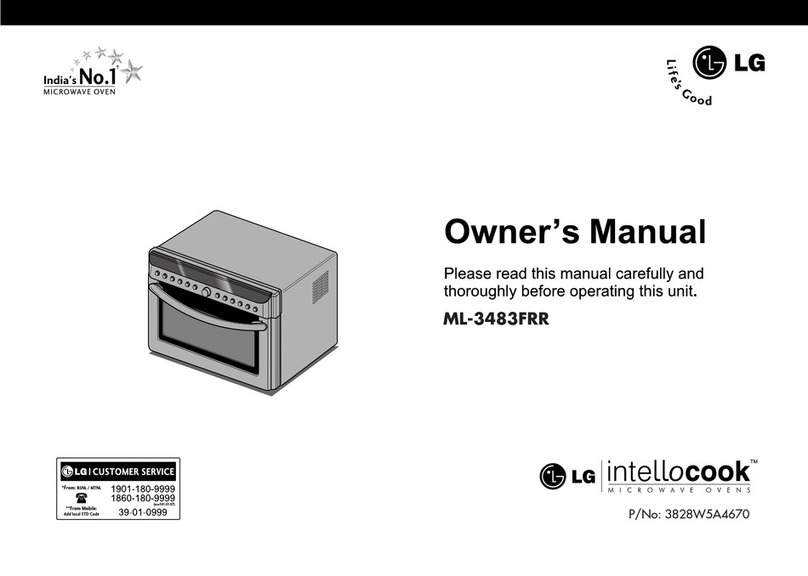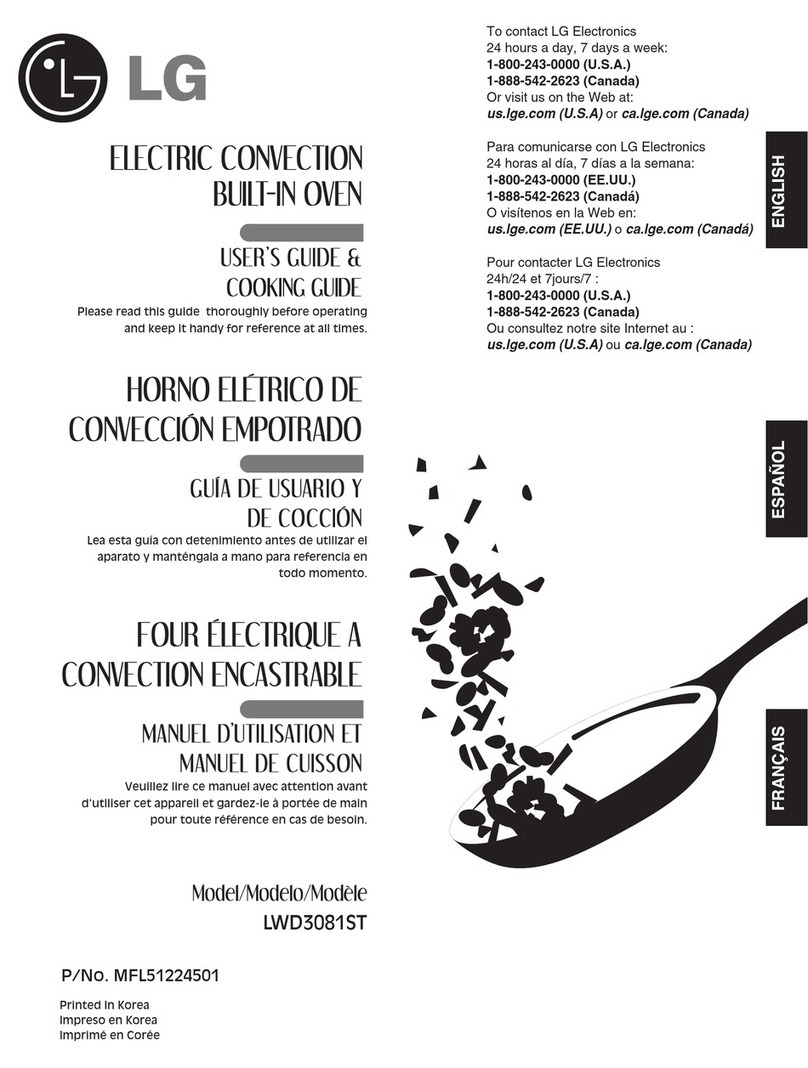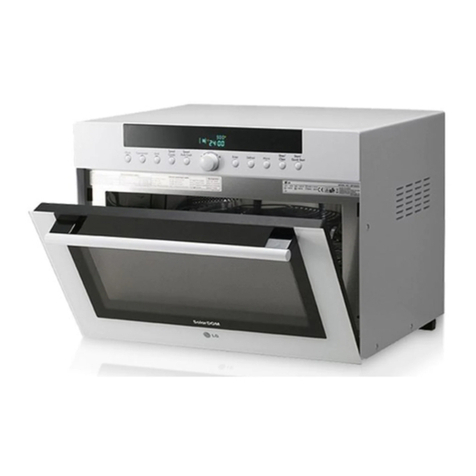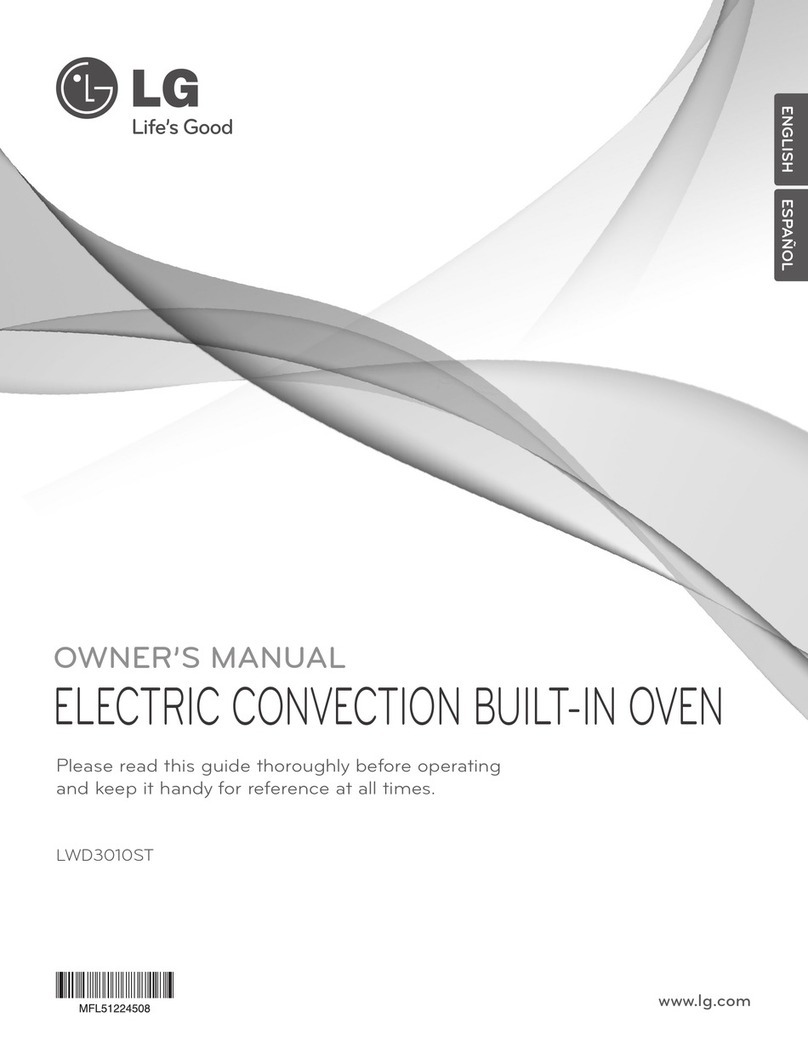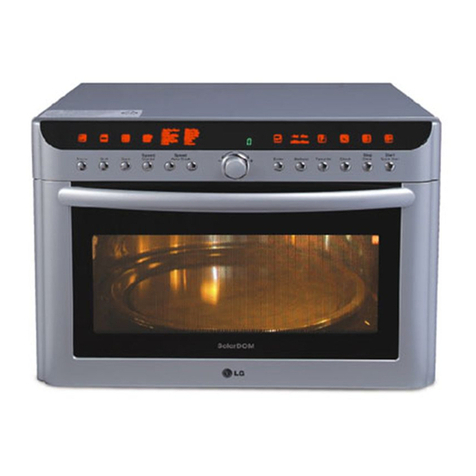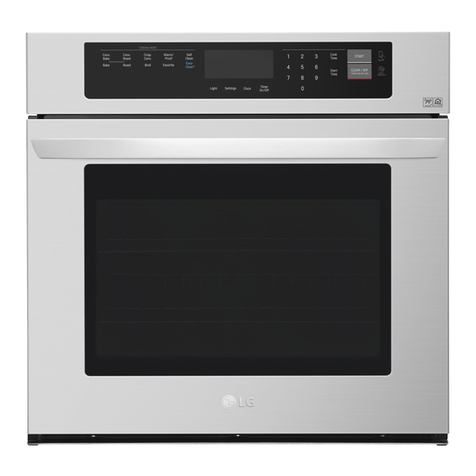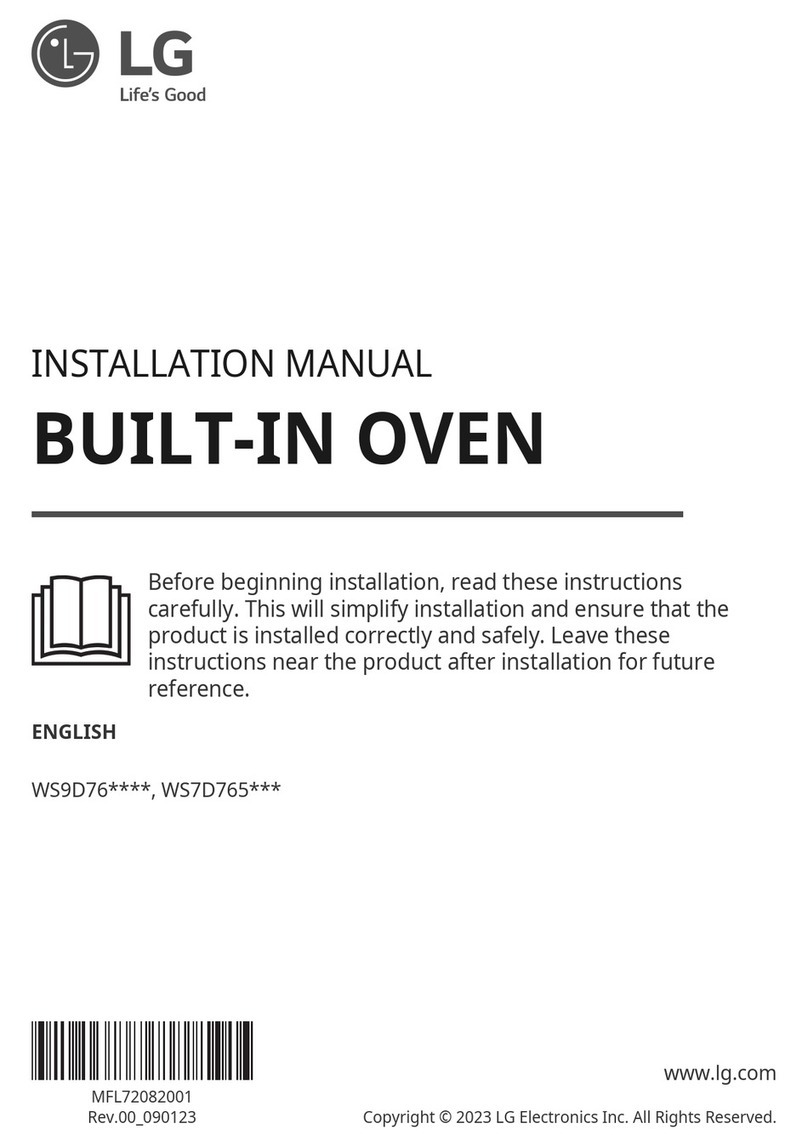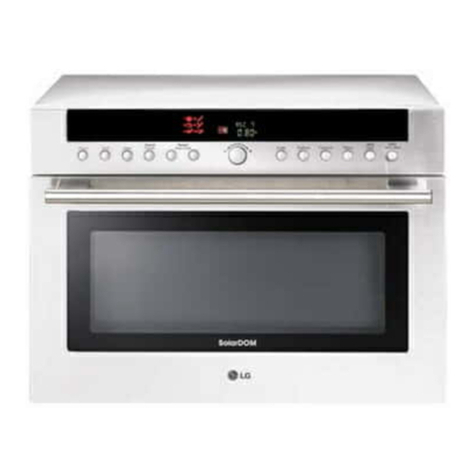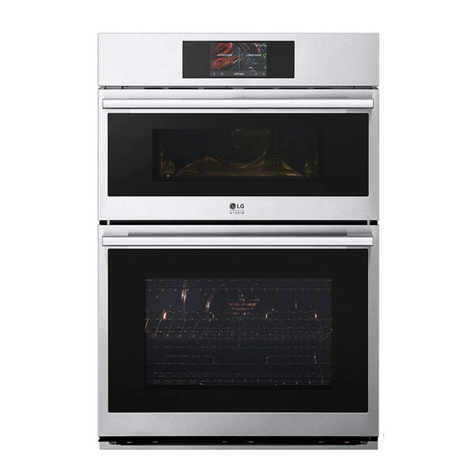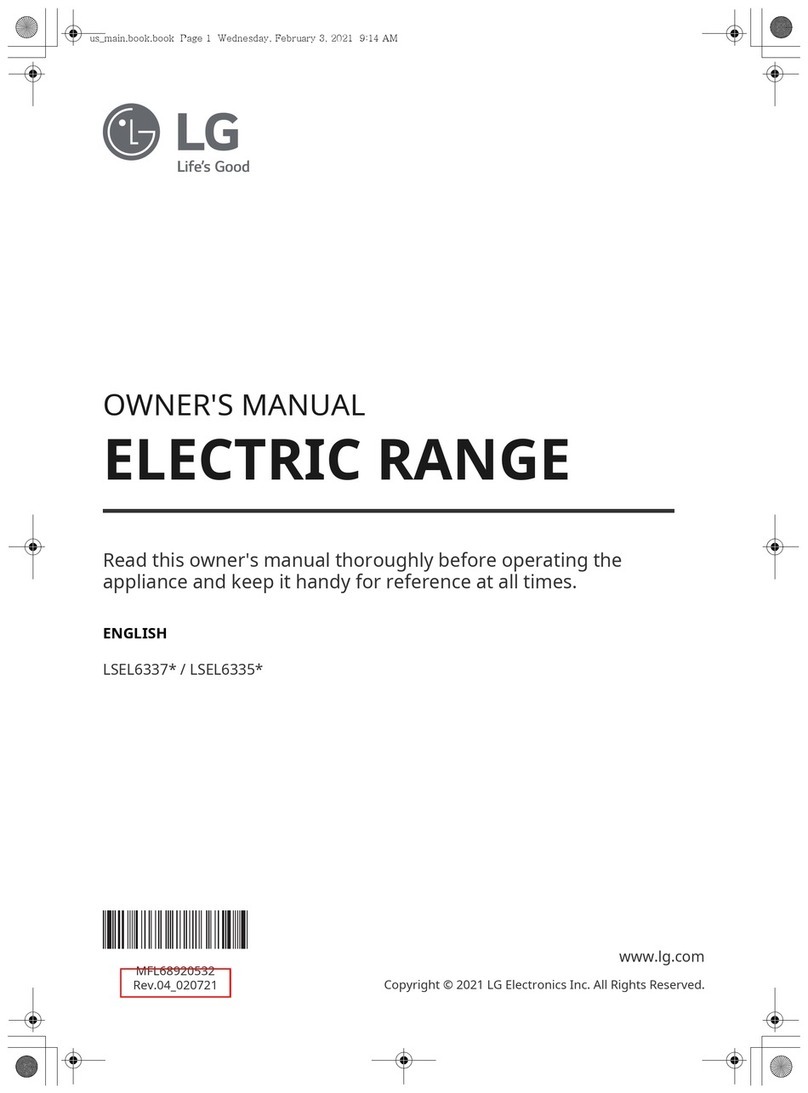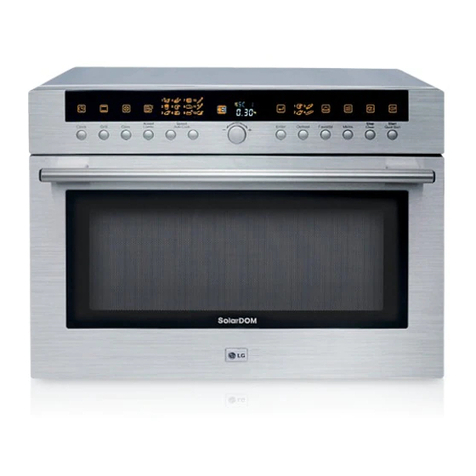
- 2 -
SAFETYPart 1
BEFORE YOU BEGIN
Remove all tape and packing materials before using the oven. Dispose of all plastic bags after unpacking the oven.
Never allow children to play with packing materials.
You can download an Installation manual at http://www.lg.com.
IMPORTANT SAFETY INSTRUCTIONS
Read and follow all instructions before using your oven to prevent the risk of fire, electric shock, injury to persons,
or damage when using the oven. This guide does not cover all possible conditions that may occur. For further
assistance contact your service agent or manufacturer.
This symbol will alert you to hazards or unsafe practices which could cause serious bodily
harm or death.
This is the safety alert symbol. This symbol alerts you to potential hazards that can kill or hurt you and
others. All safety messages will follow the safety alert symbol and either the word “WARNING” or
“CAUTION”. These words mean :
This symbol will alert you to hazards or unsafe practices which could cause bodily injury or
property damage.
WARNING
CAUTION
WARNING
• The information in this manual should be followed exactly.
- Failure to do so could result in fire or electrical shock, causing property damage, personal injury
or death.
• DO NOT put any weight on the oven door. Never allow anyone to climb, sit, stand or
hang on the oven door.
- The oven could be tipped and injury might result from contact with hot food or the oven itself.
• The electrical power must be shut off while the electrical connections are being
made.
- Failure to do so can result in severe personal injury, death or electrical shock.
• New branch-circuit installations (1996 NEC), mobile homes, recreational vehicles, or
installations where local codes prohibit grounding through the neutral conductor
require 4-wire branch-circuit connection.
• Improper connection of aluminum house wiring to copper leads can result in an
electrical hazard or fire. Use only connectors designed for joining copper to
aluminum and follow the manufacturer’s recommended procedure closely.
• Mounting screws must be used.
- Failure to do so can result in the oven falling out of the cabinet causing serious injury.
CAUTION
• Make sure the cabinets and wall coverings around the oven can withstand the
temperature (up to 194˚F[90˚C]) generated by the oven.
- Discoloration, delamination or melting may occur.
• DO NOT remove spacers on the side walls of the built-in oven.
- These spacers center the oven in the space provided.The oven must be centered to prevent
excess heat buildup that may result in heat damage or fire.
• DO NOT block the oven air exhaust located at the bottom of the oven.
- Blocking the exhaust may cause cabinet damage and product malfunction.
1
